Explosive substances: some flammable substances are produced in many production sites.
Explosive substances exist in about two-thirds of coal mine sites. In the chemical industry, explosive substances exist in more than 80% of the production workshop area.
Oxygen: oxygen in the air is everywhere.
Ignition source: a large number of electrical instruments are used in the production process. Various frictional electric sparks, mechanical abrasion sparks, static sparks, high temperature, etc. Are inevitable, especially when instrumentation and electrical failures occur.
From an objective point of view, many industrial sites meet the explosion conditions. When the mixed concentration of explosive substances and oxygen is within the explosive limit range, if there is an explosion source, an explosion will occur. Therefore, it is necessary to take explosion protection.
And this article focuses on the division of hazardous location in zone and division systems
Note: this article is published by the CESP technology center in conjunction with the global explosion-proof standard system. If you have any questions, please contact us.
Explosion is a form of combustion. When the speed of the oxidation reaction reaches a certain level, the reaction instantly releases a large amount of heat, causing the gas to expand violently, forming a shock wave, and accompanied by sound. This phenomenon is explosion gas. Explosion gas is the result of rapid combustion. According to the explosion triangle principle: explosive substances, oxygen, and ignition sources, measures to eliminate electric sparks and dangerous high temperatures in electrical equipment including automation instruments will help prevent combustion and avoid the formation of explosions.
Therefore, hazardous locations are divided into different areas according to the frequency and duration of the explosive environment, and the equipment requires different explosion-proof levels. According to the different degree of danger (continuous danger/intermittent danger/danger under abnormal conditions), the division is the level of the dangerous zone coming out (zone 0/ 1/ 2; zone 20/21 /22; division 1 /2).

|
Area type |
Division system |
Zone system |
Definition |
Time definition |
|
Persistent danger |
Division 1 |
Zone0 / zone20 |
Places where explosive environment persists or exists for a long time |
Above 1000H/y |
|
Intermittent danger |
Division 1 |
Zone1 / zone21 |
Under normal circumstances, there may be places with explosive atmospheres |
1000H/y-10H/y |
|
Dangerous under abnormal conditions |
Division 2 |
Zone2 / zone22 |
Under normal circumstances, it is impossible to have an explosive environment, or even if it exists, it is a short-term place |
10H/y or less |
Note: 1H/y is regarded as a non-hazardous location.
- The following are some examples of hazardous location divisions, for reference
- 1、Natural ventilation;
- 1、Division 1 Area;2、Division 2 Area;
- 2、Zone 0 area;
- 2、division 1 area
- 3、Zone 1 area;
- 3、electrical equipment must comply with division 1 nec/cec technical requirements and installation requirements;
- 4、Non-explosion-proof area;
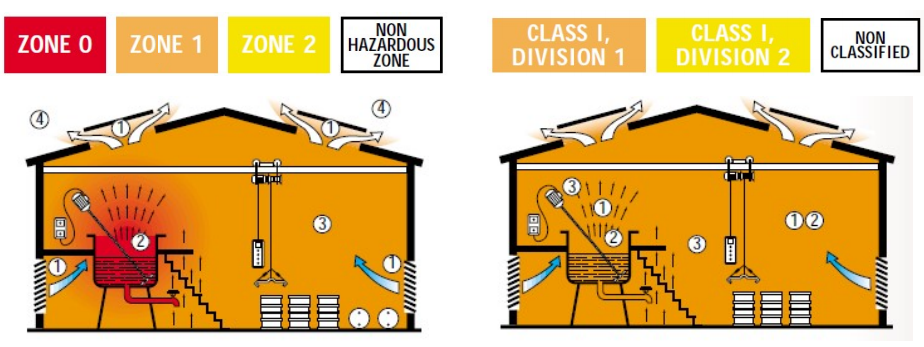
- 1、Cover The Reaction Tank 5、 Non-Explosion-Proof Area;
- 1、Division 2 Area;
- 2、Zone 0 Area;6、Mechanical Ventilation;
- 2、Transition Area Between Division 1 And Division 2
- 3、Zone 1 Area; 7、Products And Work Area
- 3、Products Are Stored In Division 1;
- 4、Zone 2 Zone; Separate Domains;
- 4、Non-Explosion-Proof Zone

- 1、The Reaction Tank Is Completely Enclosed
- 1、Division 1 Area;2、Division 2 Area;
- 2、Mechanical Ventilation;
- 4、The control room of the ventilation/pressurization equipment
- 3、Zone 0 Area;
- is isolated as a non-hazardous area
- 4、Zone 2 Area;
- 5、Electrical Equipment Must Meet The Technical Requirements And
- 5、Non-Explosion-Proof Area
- Installation Requirements Of Division 2 In NEC/CEC;
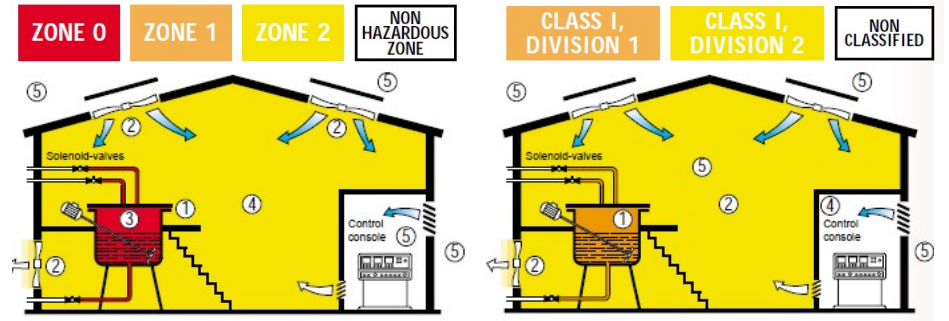

Tanker truck division of explosion hazardous location when unloading gasoline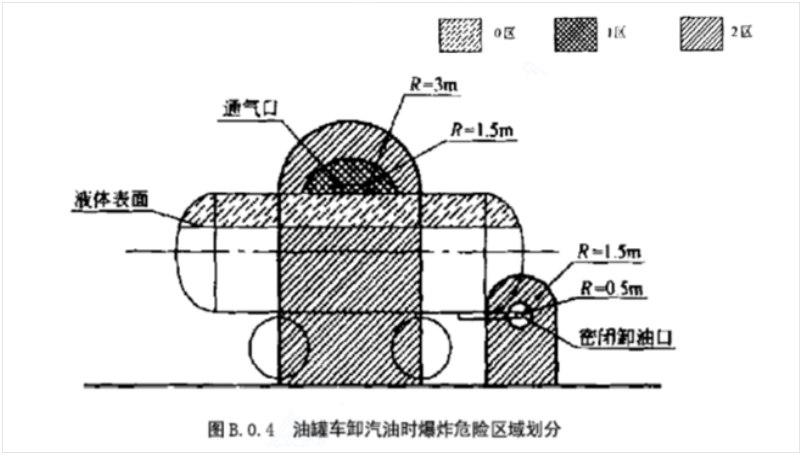
North American explosion-proof electrical installation
Canada: Canadian electrical code
US : national electrical code –NFPA 70
Installation method:
Conductors in rigid conduit
Conduit connection
Non armored cable
Non-Armoured cable
Armored cable
Armored cable
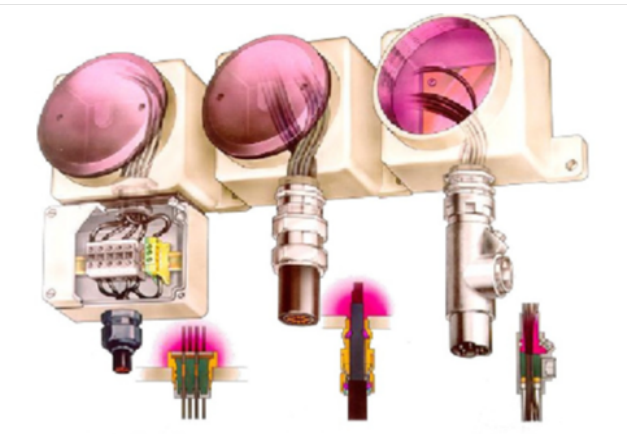
Ex d +ex e junction box cable entry pipeline entry
(ex e gland seal) +ex d gland seal +sealing device
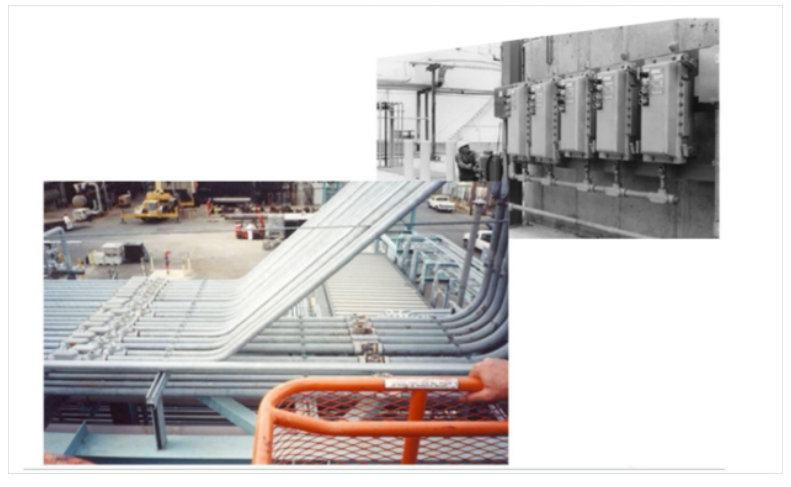


In order to ensure the safety of personnel and the normal operation of production, explosion-proof electrical equipment should be selected in strict accordance with corresponding standards in hazardous locations. Only reasonable selection, correct installation and necessary maintenance can ensure production safety.

